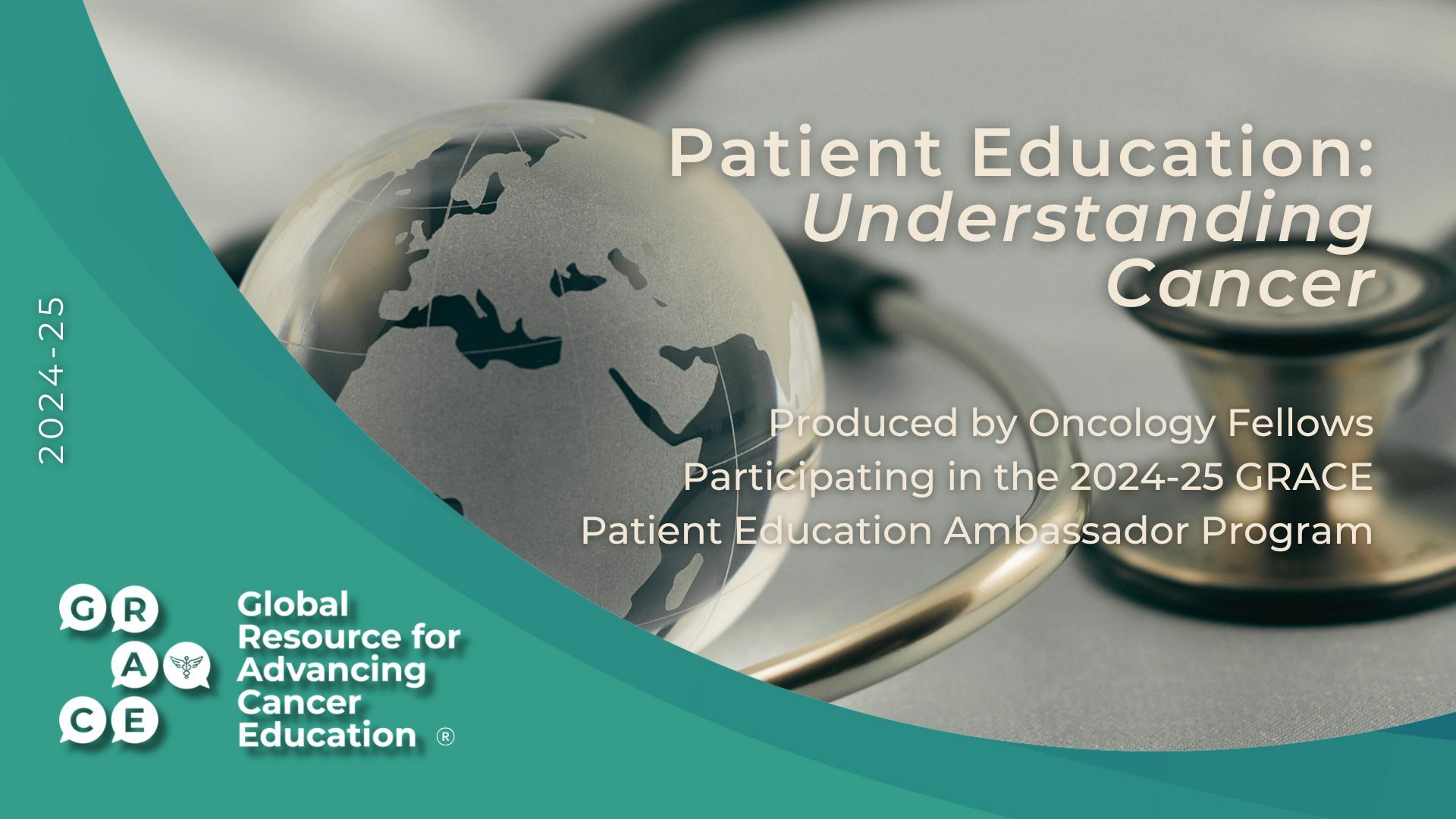Article and Video CATEGORIES
Last week, Genentech had a press release in which they disclosed some potentially important information about a large randomized trial being done in Europe with Avastin. This study, known as the AVAIL trial, enrolled just over a thousand first-line patients with advanced NSCLC to receive their most common standard chemotherapy, cisplatin and gemcitabine, alone or in combination with Avastin at either of two dose levels, 7.5 mg/m2 and 15 mg/m2. The basic design is as shown in this figure:
Just as in the ECOG 4599 trial (NEJM abstract here), the patients who go through 6 cycles of chemo wihout progression continue to maintenance avastin, until the time of progression, if they received it with chemo. As in the ECOG trial, the patients on the trial was not the entire NSCLC population, but the subset who don't have squamous cancer, brain mets, problematic high blood pressure, or a need to be on blood thinners. Unlike the ECOG trial, the AVAIL trial also excluded patients who had "central" tumors, out of concern that the location of the tumor was important for bleeding risk. Thus far, we have concentrated on the histology (microscopic appearance) of the NSCLC tumor as more important than the location. In fact, most squamous tumors are also central.
The Genentech press release about AVAIL from last week reported that at both doses of Avastin there was a significant improvement in progression-free survival (progression-free survival is a quicker outcome result than overall survival and isn't diluted by subsequent treatments that patients get) compared to chemo alone. The trial was not large enough to statistically compare the results of the two arms with Avastin to see if you get better results, or maybe just more risk of side effects, with the higher dose. We don't have details, but the report is that the improvement was similar for the two arms. The press release says that there were no unexpected safety problems. The follow-up is not long enough yet to say anything about overall survival.
Interestingly, news of this trial passed through the financial world faster than it did in the oncology world (see report here). Analysts dissected the potential implications if a lower dose of Avastin was found to truly be as helpful as a higher dose, and Genentech's stock dropped by a couple of dollars as a response to the fear that suddenly it would cost half as much to include Avastin in the treatment of lung cancer. Heaven forfend! On further analysis, though, some people recognized that positive results would confirm the ECOG experience and perhaps convince more oncologists to use Avastin, and that perhaps being able to deliver the benefits of Avastin at a lower cost would lead to broader use. Sadly, in the financial posts about the AVAIL trial, the fact that this was a positive trial that actually improved how the outcomes for patients with lung cancer was usually a footnote after discussion of what was happening with Genentech's stock price.
This news broke while I was at a conference on targeted therapies in lung cancer, so the faculty had opportunities to discuss the potential implications of what this means. Importantly, we don't have any more details than what is in the press release right now, and we are hoping but not certain that more details will become available for presentation at the ASCO meeting in Chicago in early June. Until then, we know:
1) clinical outcomes (at least progression-free survival) were improved with another chemo regimen combined with Avastin for first-line treatment of NSCLC
2) there were no unexpected safety problems
3) the early results on AVAIL suggest comparable results from both dose levels of Avastin.
The consensus among the experts was that we wouldn't be inclined to start switching to the lower dose of Avastin without more details about the actual efficacy and toxicity results. We have a lot more information about the 15 mg/m2 dose combined with carbo/taxol. However, these early results certainly suggest that the lower dose may turn out to be a very reasonable and maybe better option in the balance of activity, safety, and cost. I'll look forward to providing more details as they become available.
Please feel free to offer comments and raise questions in our
discussion forums.





